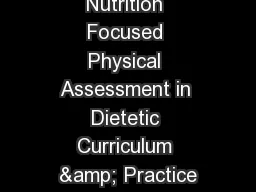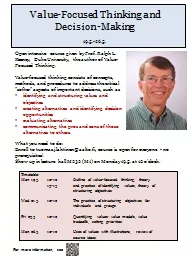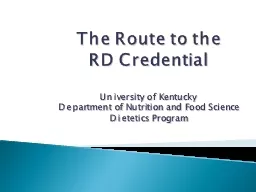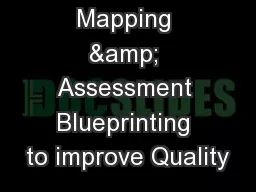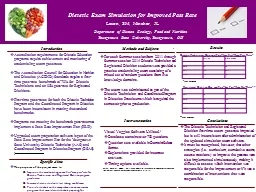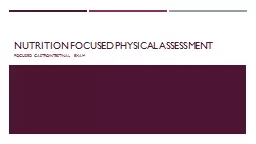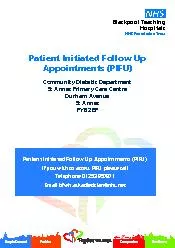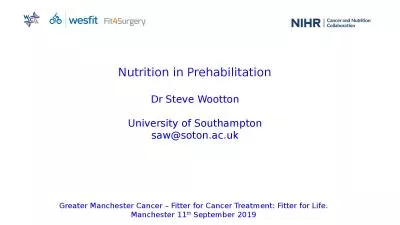PPT-Nutrition Focused Physical Assessment in Dietetic Curriculum & Practice
Author : pamella-moone | Published Date : 2018-12-06
Miami University Nutrition Program WHY Nutrition Focused Physical Assessment RDNNDTRs are required to be more vigilant amp proactive 4 of 6 criteria used to
Presentation Embed Code
Download Presentation
Download Presentation The PPT/PDF document "Nutrition Focused Physical Assessment in..." is the property of its rightful owner. Permission is granted to download and print the materials on this website for personal, non-commercial use only, and to display it on your personal computer provided you do not modify the materials and that you retain all copyright notices contained in the materials. By downloading content from our website, you accept the terms of this agreement.
Nutrition Focused Physical Assessment in Dietetic Curriculum & Practice: Transcript
Download Rules Of Document
"Nutrition Focused Physical Assessment in Dietetic Curriculum & Practice"The content belongs to its owner. You may download and print it for personal use, without modification, and keep all copyright notices. By downloading, you agree to these terms.
Related Documents

